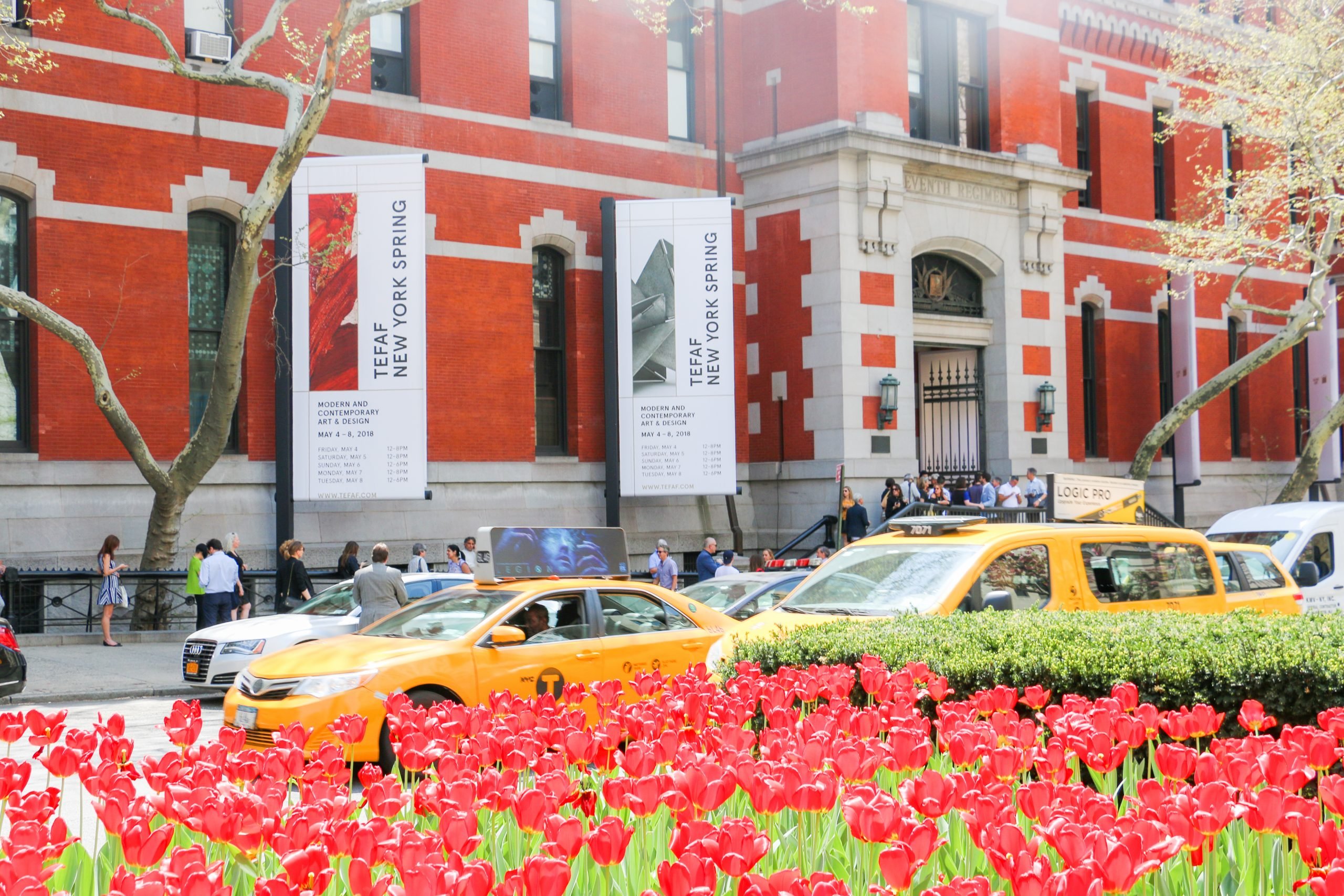
Just as the preview of TEFAF New York, the swanky fall edition of the international art fair, was getting underway on Friday, a group of unlikely visitors walked in. Three police officers and two prosecutors entered the Park Avenue Armory at 2 p.m. with a search warrant for a Persian limestone bas-relief. They seized the work, worth an estimated $1.2 million, from the booth of London dealer Rupert Wace.
The eight-inch-square relief dates back to ca. 518–330 B.C.E. and depicts a bearded Persian imperial guard holding a spear. The carved limestone once adorned a building at the Persepolis ruins in Iran. According to the warrant, prosecutors seized the artifact as evidence in a possession of stolen property investigation. A representative of the New York district attorney’s office declined to comment on the charges or the investigation.
According to the New York Times, which broke the story, the artifact was first excavated by a team from the University of Chicago in 1933, three years after the Persian government passed a law making it illegal to export antiquities out of the country.
Ebrahim Shaqaqi, an Iranian cultural official, told the Tehran Times that efforts are underway to prove that the relic belongs to Iran and ultimately repatriate it.
A 1933 photo of the reliefs in situ in Iran. Photo: New York District Attorney.
In an email to artnet News, dealer Rupert Wace laid out the relief sculpture’s more recent history. He said the Canadian department store heir and collector Frederick Cleveland Morgan donated it to the Quebec National Museum in 1950–1951, where it was openly exhibited until it was stolen in 2011.
Following the theft, the museum received a payout from an insurance company; when the artifact was recovered in 2014, the museum’s leadership opted to let the insurer keep the artifact rather than reimburse them. Wace said he bought the relief from the insurance company.
“We are at a loss to comprehend the events which occurred last Friday at TEFAF New York,” the dealer told artnet News. “This work of art has been well known to scholars and has a history that spans almost 70 years. We are currently investigating the matter, and will form a conclusion once we have evaluated the situation.”
The relief is just one of a number of objects the district attorney’s office has seized in recent years as part of a push to recover antiquities that have been transported unlawfully out of their country of origin. On October 11, officials announced plans to return a sculpture of an ancient bull head to Lebanon that had previously been on loan to the Metropolitan Museum of Art.